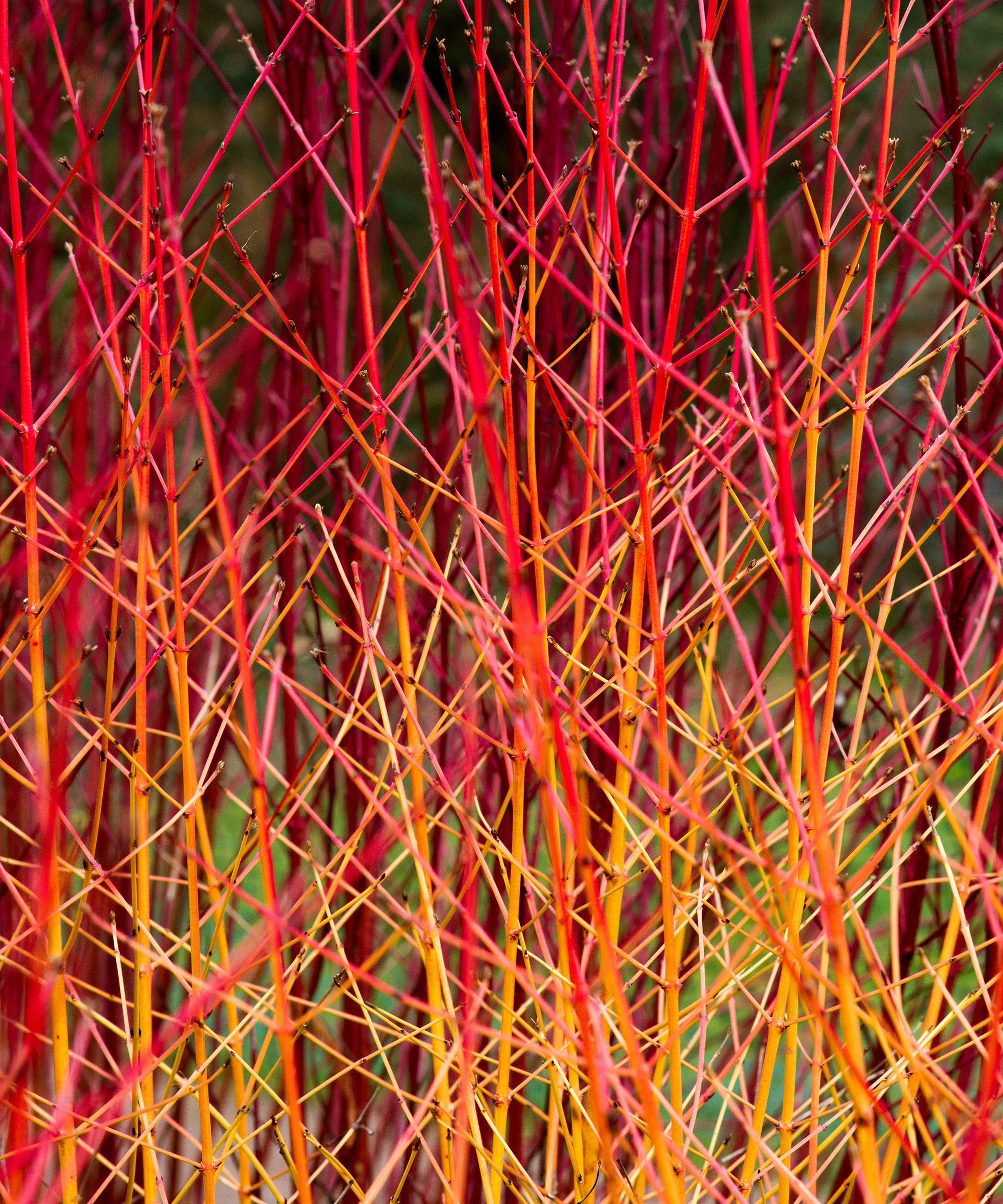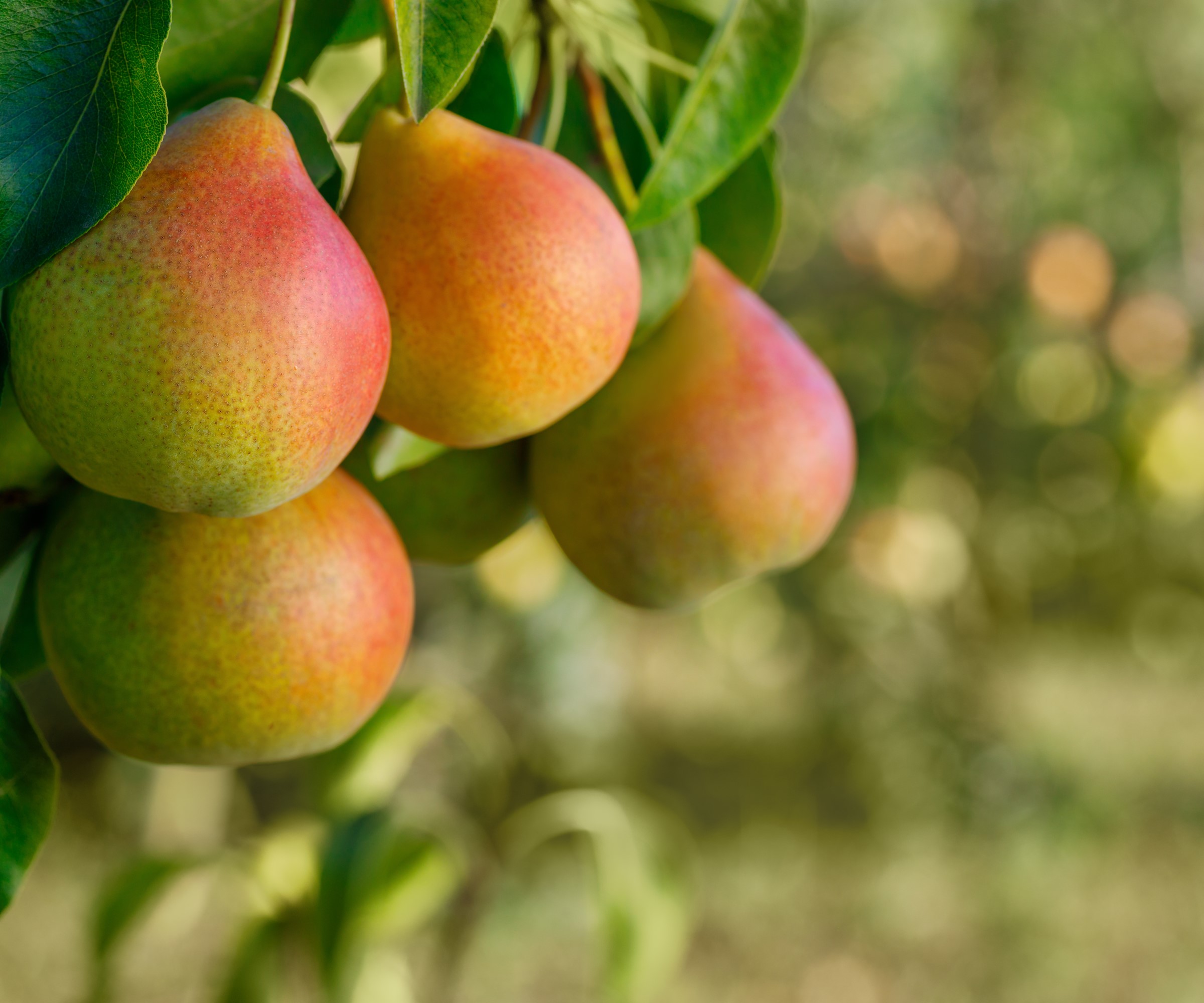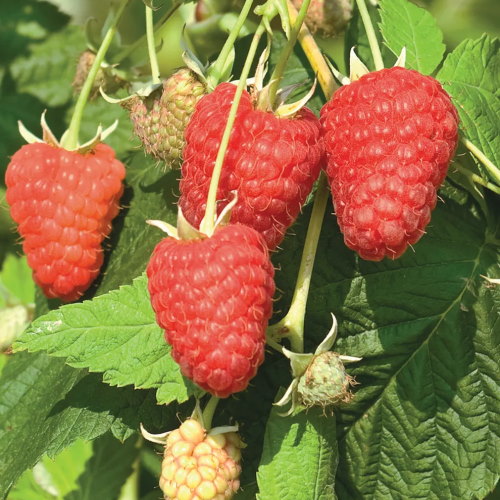What to plant in February – a horticulturist picks 11 of the best to add impact, structure and texture to a garden
If you’re wondering what to plant in February, here's our round-up of shrubs, trees, perennials and more that you can grow now


February offers a great opportunity to plant trees, shrubs, perennials, and bulbs to help develop your garden for the year ahead. In particular, bare-root plants allow you to transform flower beds and provide added color and texture come summer.
The weather will influence what to plant in February. You do not want to plant into frozen, snow-laden, or sodden soil, and it is best to wait until the conditions are right if you experience such conditions.
It may be too cold to sow seeds directly outside but there are vegetables to plant in February indoors and flower seeds to sow in February on a warm windowsill. When it comes to getting outside in the garden, here are some fantastic suggestions for what to plant in February.

What can I plant in February?
I spent many years working as a professional gardener in the UK and these are my picks for what to plant in February. The list includes 11 plants offering dazzling flowers, spectacular bark, structure, long seasons of interest, and tasty fruits to harvest.
Alliums

Alliums are high-impact bulbs that dazzle with their towering globes of blooms. Different varieties of allium bulbs grow from 12 inches to four feet and come in shades of purple, pink, and white. While the ideal time to plant allium bulbs is in the fall, you can get away with planting in February - providing you get around to it quickly this month.
Plant allium bulbs in a sunny position in well-draining soil. To boost drainage in heavier soil types, put a two-inch layer of grit at the bottom of the hole. Plant the bulbs at a depth at least two times its height, with the pointed end upward. Water well after planting and cover with two inches of mulch, such as compost or leaf mold.
Bleeding heart

Bleeding heart is an appropriate plant for February, with distinctive red, pink, or white heart-shaped flowers that dangle off arching stems. It is a great part-shade perennial that prefers some protection, such as being planted under a tree or shrub, rather than in full sun.
Design expertise in your inbox – from inspiring decorating ideas and beautiful celebrity homes to practical gardening advice and shopping round-ups.
The best way to grow bleeding heart this month is to get bare-root plants, where the crown and roots arrive without soil. Planting bare-root bleeding heart is best done in late winter - February or March is ideal - provided the ground is not frozen or waterlogged.
Soak the bare roots for a few hours to rehydrate them before planting and ensure the plant sits in the soil at the level it was previously planted - indicated by a change in color on the stem.
Bare root bleeding heart plants are available at Burpee.
Cornus

Cornus, known as dogwood, are spectacular shrubs or trees grown predominantly for their striking colored stems. As well as being plants with attractive winter bark - in shades of red, orange, and yellow - Cornus also make great shrubs for fall berries and foliage. Plus, it is easy to care for and grow dogwood as they are great shrubs for beginners.
Bare-root Cornus can be planted in February in well-draining soil supplemented with organic matter, such as compost or well-rotted manure. Cornus will thrive when planted in full sun but can tolerate some afternoon shade in hotter climates. It is advisable to stake the plant until it becomes established.
Dahlias

It is too early to plant dahlias outdoors this month, however, you can pot up dahlia tubers indoors to kick-start them into growth.
Check your overwintered dahlias for any signs of rot before planting healthy tubers into large pots filled with compost. Keep the containers somewhere warm, like a greenhouse, porch, conservatory or a bright windowsill, and the dahlias are forced into early growth.
The advantage of forcing dahlias indoors in this way is that you can take plant cuttings as the new sprouts emerge. It can be as little as three weeks until you can take cuttings that will be ready to plant outside come summer. It is a great way to get new plants for free and can be done with all types of dahlias.
See the range of dahlia tubers available at Dutch Grown
Fruit trees

Most fruit trees are bought as bare-root specimens to be planted during their dormancy. The best time to plant fruit trees is between November and February, and this month offers a great opportunity provided the ground is not frozen or waterlogged. Container-grown fruit trees are also available to plant this month but are more expensive and labor-intensive than planting bare-root trees.
As for how to plant fruit trees that arrive bare-root, carefully unwrap them and soak the roots in water for a few hours before planting. Dig a hole large enough to accommodate the roots and add some compost to the planting hole. Plant the tree at the original soil level, where the trunk color changes, with the graft point a few inches above the soil level. Attach the tree to a stake and water if the soil is dry.
In February you can plant a wide range of fruit trees, including apples, pears, apricots, peaches, and many more.
Hardy geraniums

Hardy geraniums, or cranesbill, are hard-working and highly versatile perennial plants that bring long-lasting color to any garden with little maintenance. There is a huge range of hardy geranium varieties to pick from, ranging from a few inches to three feet tall and in a plethora of colors. Bare-root plants can be added to flower beds and borders this month and hardy geraniums will prosper in full sun or light shade and tolerate a range of soil types.
Other bare-root perennials to plant in January or February, if the ground is workable and not frozen or waterlogged, include astilbe, columbine, daylilies, or phlox.
Hedges

February is an ideal time to plant a hedge and the plants will become established quickly before the weather starts to heat up come summer. Whatever type of hedge you aspire for, popular hedging plants including beech, box, forsythia, hawthorn, hazel, hornbeam and privet can all be planted this month.
Prepare the ground in advance as the bare-root hedging plants want to be planted quickly after arriving. Let them soak for a few hours before planting and they can be planted into individual holes or a trench. Spread out the roots of each plant and always firm the soil around them after planting to eliminate any air pockets. Regularly check the soil moisture and water plants until the hedge is established.
Lilies

February is coming towards the end of the window to plant lily bulbs if you have yet to plant yours. The summer bulbs can be planted between fall and early spring, but they can still put on a show this summer when planted in February.
As for how deep to plant the bulbs, make a hole at least eight inches deep. A layer of gravel at the base of the hole can help with drainage if you have heavy soil. Plant the lily bulb with the point end up, cover it with soil, and press down gently to firm the soil down. If you have very heavy soil, an alternative is to grow lilies in deep pots.
Raspberries

Raspberry plants come in summer-fruiting or fall-fruiting varieties and bare-rooted canes can be planted anytime between November and April, when the soil is not frozen or waterlogged.
Grow raspberries in a sunny spot with fertile and free-draining soil, as canes struggle if they sit with wet feet for long periods. You can plant raspberries in part-shade, but they will not produce the same harvest of fruits.
Space canes at least 16 inches apart for summer-fruiting types and 24 inches for fall-fruiting varieties. And space rows at least six feet apart. Do not plant the canes too deep, use the soil mark to see the previous level they were planted at and avoid having the highest roots more than two inches deep in the soil.
Water immediately after planting and mulch with 2-3 inches of organic matter.
Roses

It is a good tactic to plant bare-root roses in February to give them time to get established before summer. Adding bare-root roses offers a far more affordable way to grow roses than buying container-grown plants and there is a good range of rose varieties available to buy in bare-root form through the winter months.
The soil must be workable to plant roses and the roots of bare-root plants must be rehydrated before planting. Pick a planting spot with lots of sunlight and add some organic matter to boost fertility and improve the soil’s moisture-holding capacity.
Dig a large hole and place the rose so the stem’s base sits an inch or two below the soil surface. Refill the hole, gently firm the soil around the rose and give the plant a thorough watering.
Witch hazel

Hamamelis, or witch hazel, are tremendous winter-flowering shrubs with twisted ribbon-like blooms in bright shades of red, yellow, and orange. Planting any witch hazel varieties brings you color and fragrance in late winter and early spring, plus the bonus of bright foliage in fall.
The shrubs are commonly available bare-root to plant from October through March, while container-grown hamamelis can be planted year-round. Hamamelis are not deep-rooted plants so add plenty of organic matter to a wider area than just the planting hole.
Pick a spot with good drainage to avoid waterlogging and, ideally, plant hamamelis in slightly acidic soil. Hamamelis will flower at their best in full sun but they are shrubs to happily grow in partial shade. You can also grow witch hazel in pots in smaller yards.
On top of adding to your backyard ideas with planting this month, there are many gardening jobs to do in February to maintain your space and keep it in top shape for spring and summer.
It includes preparing beds, sowing seeds, and doing planning. Plus, any list of plants to prune in February must include popular shrubs such as wisteria, clematis, roses, butterfly bush, hydrangea, and crepe myrtle.

Drew has worked as a writer since 2008 and was also a professional gardener for many years. As a trained horticulturist, he worked in prestigious historic gardens, including Hanbury Hall and the world-famous Hidcote Manor Garden. He also spent time as a specialist kitchen gardener at Soho Farmhouse and Netherby Hall, where he grew vegetables, fruit, herbs, and cut flowers for restaurants. Drew has written for numerous print and online publications and is an allotment holder and garden blogger. He is shortlisted for the Digital Gardening Writer of the Year at the 2025 Garden Media Guild Awards.
You must confirm your public display name before commenting
Please logout and then login again, you will then be prompted to enter your display name.












